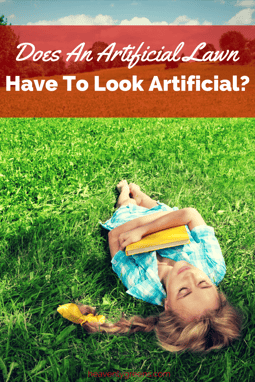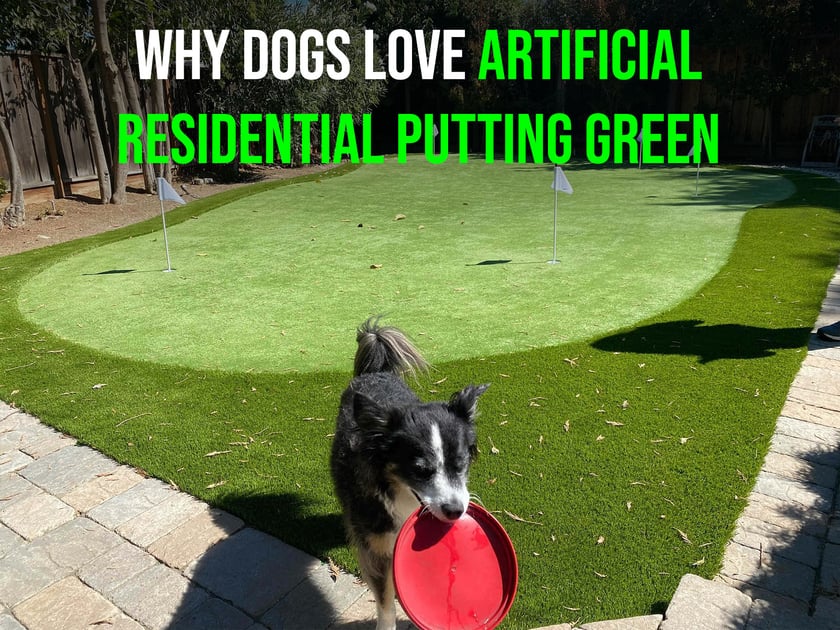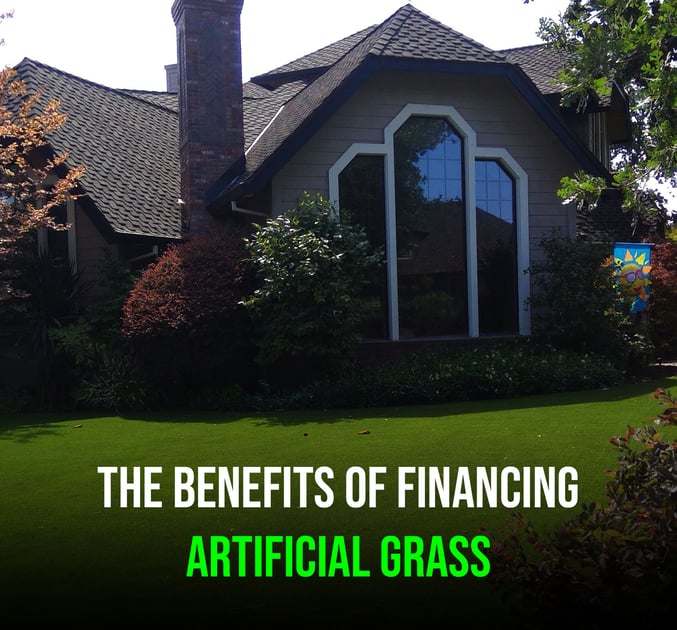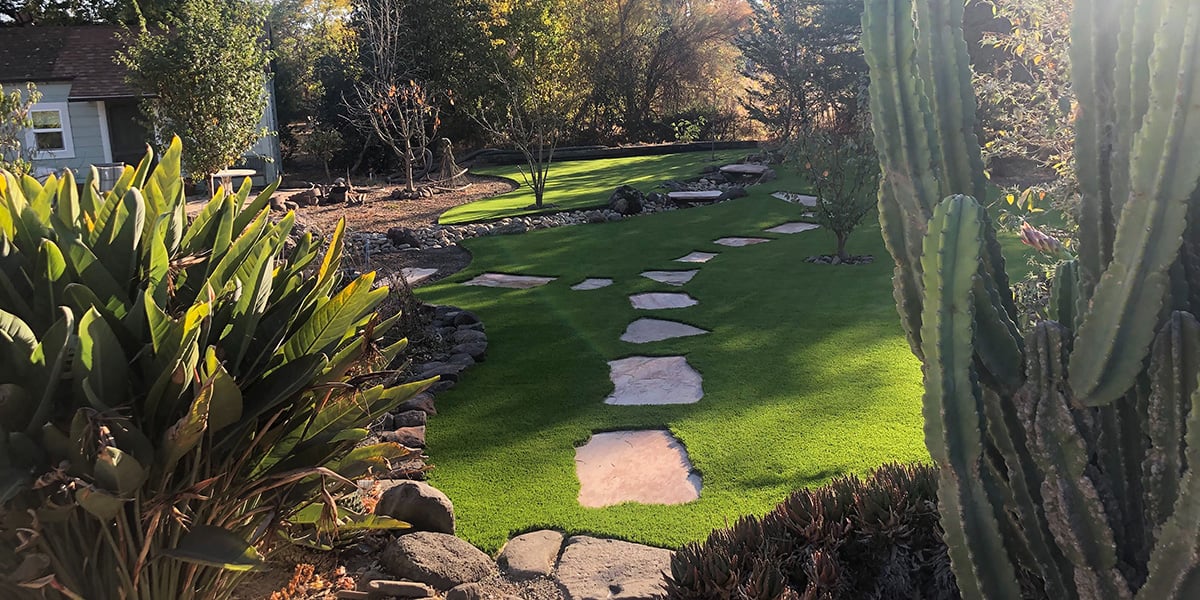 One of the things that makes an artificial lawn so attractive is that it looks and feels like natural grass. Many people believe they can pick out the lawns that have had artificial grass installed. In fact, an artificial lawn doesn't have to look artificial. Most look so real that even a professional landscaper has trouble telling them apart at first glance. The choice to have artificial grass installed in place of your natural grass is an easy one if you are worried about appearance.
One of the things that makes an artificial lawn so attractive is that it looks and feels like natural grass. Many people believe they can pick out the lawns that have had artificial grass installed. In fact, an artificial lawn doesn't have to look artificial. Most look so real that even a professional landscaper has trouble telling them apart at first glance. The choice to have artificial grass installed in place of your natural grass is an easy one if you are worried about appearance.
The synthetic materials used in the construction of an artificial lawn are manufactured to have the same look and feel as natural blades of grass. The nylon and polypropylene fibers used to make the blades resist fraying, shredding and matting allowing them to maintain their shape and remain in a natural position, even during periods of heavy foot traffic.
The materials used in the construction of the blades of grass, as well as those used in the making of the webbing that acts as a base, are extremely durable and will not degrade or deteriorate due to extreme weather conditions. The interwoven mesh backing resists wear and tear and can withstand many of the things that would damage natural grass. For example, the sharp nails of a dog scratching or trying to dig would tear up natural grass by the roots. With an artificial lawn, the fabric would not be damaged, allowing it to maintain its pristine look.
An artificial lawn that has been professionally installed has no visible lines, ridges, bumps or wrinkles that would give an indication that is not natural grass. During the installation process, the natural grass is removed and steps are taken to prepare the ground. The ground must be rolled and smoothed to eliminate any dips, valleys, ridges or crevices that would cause the artificial turf to wear unevenly from the underside.
Smoothing the ground to eliminate small valleys and dips prevents water from standing. Standing water in a natural grass lawn can lead to discoloration and eventually bare spots where the grass dies from too much moisture. With an artificial lawn, the ground is even so that water does not accumulate or create a breeding ground for insects.
When properly installed, an artificial lawn will look and feel just like natural grass. In most cases, the only way for a person to really tell whether a lawn is artificial or natural grass is to take a close look at the base of the blades to see if they are attached to a mesh backing or firmly rooted in the ground. Depending on the type of fill material being used, even that may be difficult to determine.
Less Visible Wear and Tear
An artificial lawn shows much less visible wear and tear. Natural grass lawns will wear in spots that have excessive amounts of foot traffic or heavy shade. With a natural lawn, bare spots that begin to appear from heavy traffic, excessive amounts of shade or standing water must be continually re-seeded to maintain their natural, full appearance. With an artificial lawn, heavy shade, steady foot traffic and extreme weather conditions have little to no effect on the look of the lawn. This allows it to maintain a constant, vibrant color with little indication of any type of wear and tear. When the lawn is well maintained, people who pass by will have a difficult time determining whether or not the lawn is natural grass or made from synthetic fibers. Even after walking on it, some people still may not be able to tell the difference.












